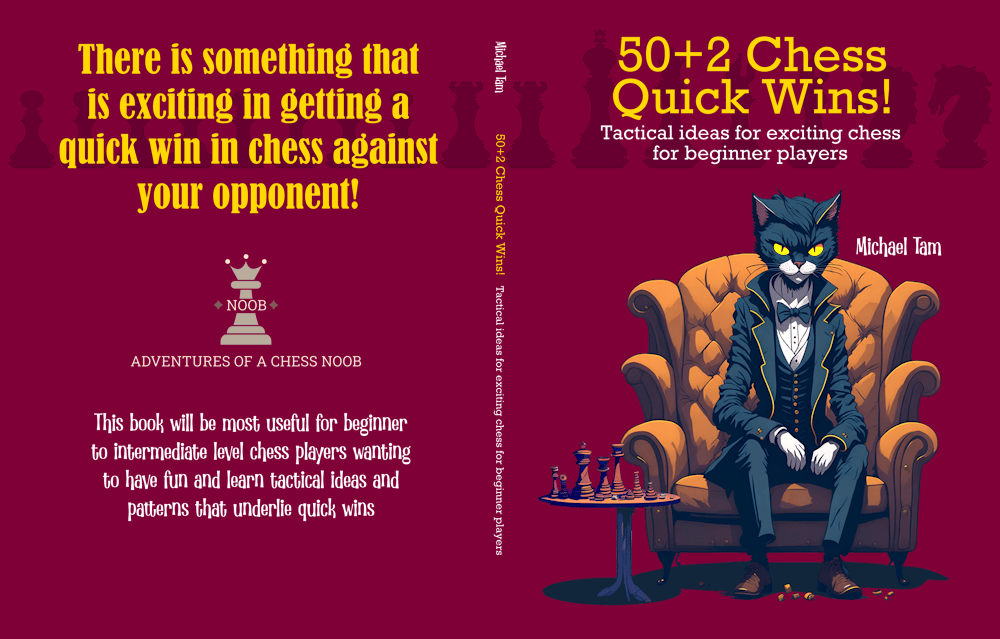
Defeat the Scandinavian Defense with the Leonhardt Gambit!
#ScandinavianDefense #LeonhardtGambit
Wikipedia gives a savage description of German chess master, Paul Saladin Leonhardt. At the time of writing, it states that he was, “a player with a low profile and not many tournament wins” and that he “has been largely forgotten by the history books”. Ouch! However, it does also mention that Leonhardt had a “fierce attacking style” and that he had in his time, defeated the most elite players of his era, including Tarrasch, Tartakower, Nimzowitsch, Maroczy, and Reti!
Leonhardt was apparently an expert analyst of openings, and it is fitting that the Leonhardt Gambit bears his name in the Scandinavian Defense! This is a super fun response as White, when the opponent with the black pieces plays the Qa5 Main Line of the Scandinavian (1. e4 d5 2. exd5 Qxd5 3. Nc3 Qa5). On move 4, the Leonhardt Gambit begins with the surprising b-pawn advance that attacks the queen (4. b4), and the game begins!
Like many of these romantic and aggressive lines, they are objectively bad for White. Stockfish gives an evaluation of -0.31 favouring White, but the Lichess database tells an interesting story. At master level games, it seems to be disastrous with Black winning over half of all games (White 29% vs Black 52%). However, in lower-rated community games of blitz and rapid, the Leonhardt Gambit is by far the best response in terms of win rate (White 59% vs Black 38%). It isn’t even close; the win rate is a full 10% higher than the usual solid responses such as Nf3, d4, and d3. More than that, the Scandinavian player is unlikely to encounter it very often – it occurred only in 2% of games after Qa5.
One of the advantages of the Leonhardt Gambit is that it pulls Black down a line where White gets the initiative. For Black to maintain the advantage, they must accept the gambit (4… Qxb4). All other moves give the advantage to White. The next move in the line for White is bring the rook to the b-file, immediately attacking the queen yet again, gaining tempo (5. Rb1). Here, Black must move the queen yet again and there are only two good moves, either Qd6 (-0.4) or Qc5 (0.00).
How should White respond? Against:
- (5… Qd6) – the next best moves are logical developing moves. Either develop the other knight (6. Nf3) or push a remaining central pawn (6. d4).
- (5… Qc5) – you can either develop the other knight (6. Nf3), or you need to do something about the fact that the knight on c3 is being pressured by the black queen, for instance supporting it with the liberated rook (6. Rb3), or just develop another available piece (6. Bd3).
In this game, I played in a hyperaggressive manner, immediately hanging my knight! Curiously, I think both my opponent and I were blinded by the unusual position and that knight remained hung for 4 moves before my opponent finally captured it. However, by then I had set up a devious trap involving a bishop sacrifice that Stockfish rated as a brilliancy! Checkmate came two moves later!
Game on chess.com: https://www.chess.com/game/live/52364409469



